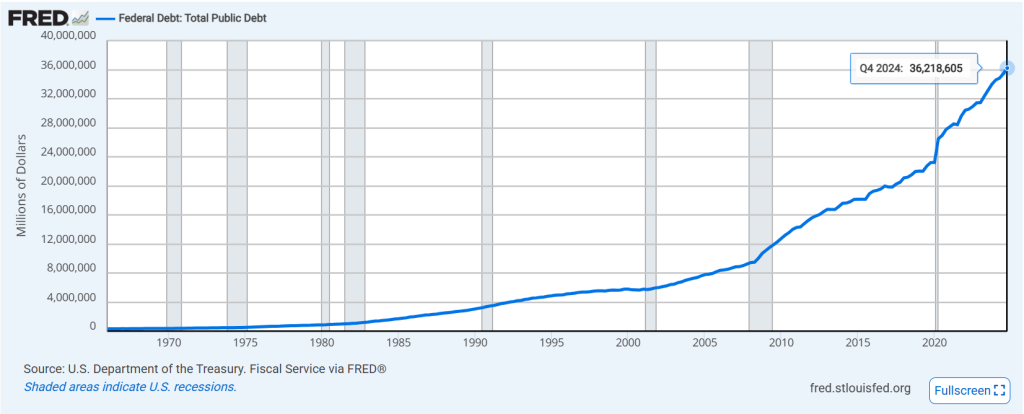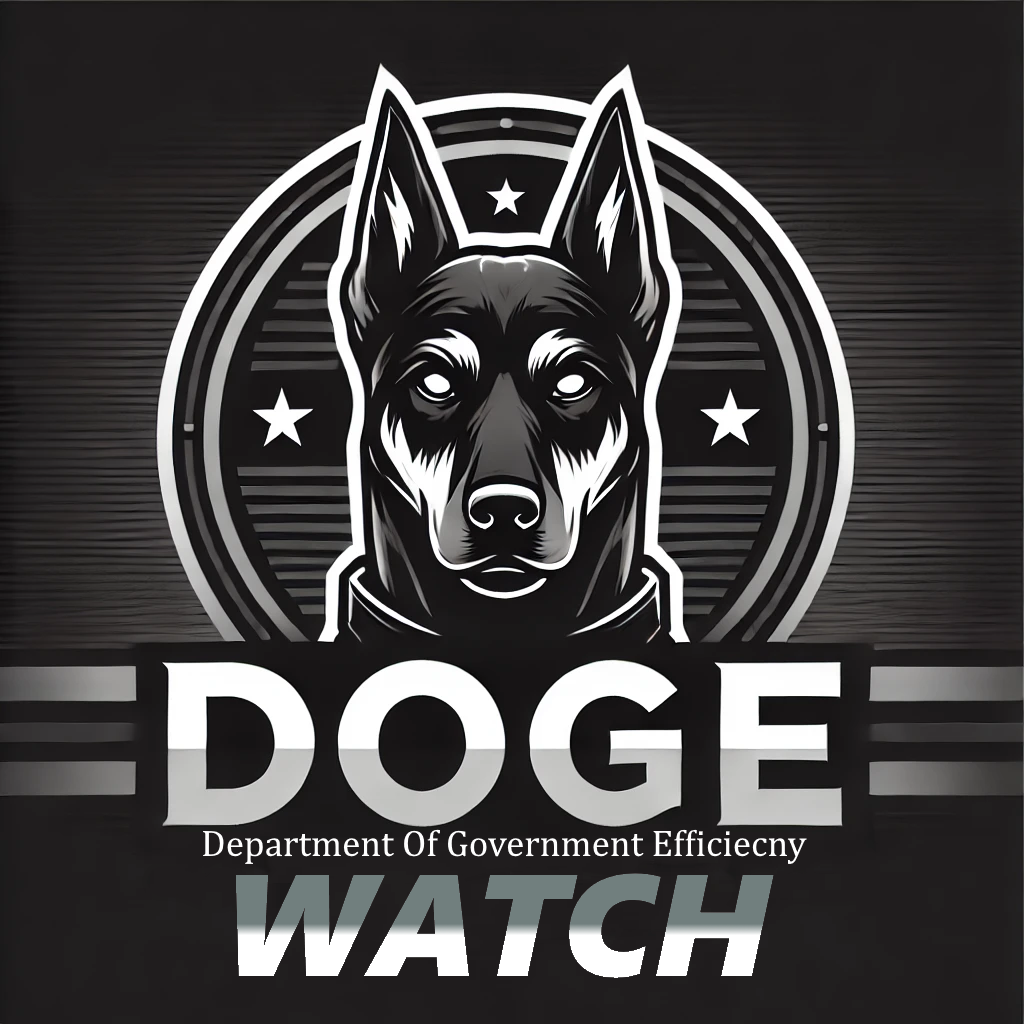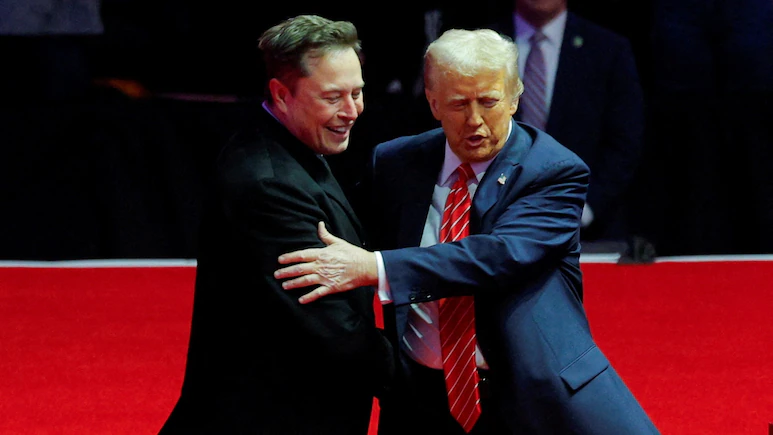Introduction to DOGE: Department of Government Efficiency
In a surprising yet intriguing collaboration, The U.S. President Donald Trump and tech mogul Elon Musk have announced the creation of the Department of Government Efficiency (DOGE). This new initiative aims to streamline government operations, reduce wasteful spending, and enhance the overall efficiency of public services. The announcement has sparked a wide range of reactions, from enthusiastic support to skeptical scrutiny. This article delves into the background of government spending, the necessity for such an initiative, and the steps DOGE plans to take to achieve its goals. Additionally, we will provide resources for readers who wish to explore the topic further.
Background: The State of Government Spending
To understand the significance of DOGE, it’s essential to examine the context of government spending in recent years. The previous administration, under President Joe Biden, inherited a nation grappling with the economic fallout from the COVID-19 pandemic. In response, the Biden administration implemented several large-scale spending packages, including the American Rescue Plan Act of 2021 and the Infrastructure Investment and Jobs Act of 2021. These initiatives aimed to stimulate economic recovery, rebuild infrastructure, and address social inequities.

However, these ambitious spending plans came with a hefty price tag. The national debt soared to unprecedented levels, raising concerns about long-term fiscal sustainability. Critics argue that while some spending was necessary, a significant portion of the funds were allocated inefficiently, leading to waste and redundancy. For instance, reports have highlighted instances of duplicated efforts, mismanaged projects, and insufficient oversight in various government programs.
The Need for DOGE
Given the context of rising national debt and concerns over wasteful spending, the creation of DOGE appears to be a timely and necessary intervention. The primary objective of DOGE is to identify and eliminate inefficiencies within government operations, ensuring that taxpayer dollars are used effectively and responsibly, in the graphs provided below you can clearly see that the federal spending is rising and there are many areas in which efficiency is definitely needed, such as the improper payments and overlapping programs (see graphs below), By leveraging technology, data analytics, and innovative management practices, DOGE aims to transform how the government allocates and utilizes resources.
Donald Trump and Elon Musk bring unique perspectives to this initiative. Trump’s experience in business and government provides insights into the challenges of managing large organizations, while Musk’s expertise in technology and innovation offers potential solutions to streamline processes and enhance productivity. Together, they envision a government that operates with the efficiency and agility of a well-run corporation.
Steps to Ensure Success
To achieve its ambitious goals, DOGE has outlined a comprehensive strategy that includes the following key steps:
1. **Comprehensive Audit of Government Programs**: The first step involves conducting a thorough audit of all government programs to identify areas of waste, redundancy, and inefficiency. This audit will be data-driven, utilizing advanced analytics to assess the performance and impact of each program.
2. **Implementation of Technology Solutions**: DOGE plans to leverage cutting-edge technology, including artificial intelligence (AI) and machine learning, to automate routine tasks, improve decision-making, and enhance transparency. For example, AI could be used to optimize procurement processes, reducing costs and minimizing the risk of fraud.
3. **Streamlining Bureaucratic Processes**: One of the most significant challenges in government operations is the complexity of bureaucratic processes. DOGE aims to simplify these processes, reducing red tape and making it easier for citizens and businesses to interact with government agencies.
4. **Performance-Based Budgeting**: DOGE advocates for a shift towards performance-based budgeting, where funding is allocated based on the demonstrated effectiveness of programs. This approach incentivizes agencies to achieve measurable outcomes and ensures that resources are directed towards initiatives that deliver the most value.
5. **Public-Private Partnerships**: Recognizing the potential of collaboration, DOGE plans to foster public-private partnerships to bring innovative solutions to government challenges. By working with private sector experts, DOGE can tap into a wealth of knowledge and resources to drive efficiency and innovation.
6. **Enhanced Oversight and Accountability**: To prevent the recurrence of wasteful spending, DOGE will establish robust oversight mechanisms. This includes the creation of an independent oversight body tasked with monitoring the implementation of DOGE’s initiatives and ensuring accountability at all levels of government.
Potential Challenges and Criticisms
While the goals of DOGE are commendable, the initiative is not without its challenges and criticisms. One major concern is the potential for political bias in the audit and restructuring processes. Critics argue that the involvement of high-profile figures like Trump and Musk could lead to decisions that favor certain interests over others. Additionally, the reliance on technology raises questions about data privacy and security, particularly given the sensitive nature of government operations.
Another challenge is the resistance to change within established government agencies. Bureaucratic inertia and vested interests can hinder the implementation of reforms, making it difficult for DOGE to achieve its objectives. To overcome these obstacles, DOGE will need to build broad-based support and demonstrate tangible benefits early in the process.
Conclusion
The Department of Government Efficiency (DOGE) represents a bold and innovative approach to addressing the longstanding issue of wasteful government spending. By combining the expertise of Donald Trump and Elon Musk, DOGE has the potential to bring about significant improvements in how the government operates. However, the success of this initiative will depend on its ability to navigate political and bureaucratic challenges, maintain transparency and accountability, and deliver measurable results.
As DOGE moves forward, it will be crucial for stakeholders to remain engaged and informed. The following resources provide additional insights into government spending, efficiency, and innovation.
Highly recommended books which can provide more details and interesting perspective:
Books:
- The Fifth Risk by Michael Lewis — Explores the complexities and risks of government operations, and what happens if the US president governs one Tweet at a time.
- Well Spent: How Strong Infrastructure Governance Can End Waste in Public Investment – including Public Investment Management Assessments (PIMAs) carried out in more than 60 countries, this new book will address how countries can attain quality infrastructure outcomes through better infrastructure governance
- How Countries Go Broke: Principles for Navigating the Big Debt Cycle, Where We Are Headed, and What We Should Do — by Ray Dalio — sharing the reasons behind his fears for the US debt markets, answering some of the most important market and economic questions we now face: Are there limits to debt growth? Can a big, important reserve currency country like the US really go broke
Reports:
- Government Accountability Office (GAO) Reports — Provides in-depth analysis of government programs and spending.
- Congressional Budget Office (CBO) Reports — Offers insights into the fiscal impact of government policies.
Websites:
- https://doge.gov/ — The official website for Department of Government Efficiency
- USAspending.gov — A comprehensive database of federal spending.
- Pew Research Center — Provides data and analysis on public opinion and government performance.
Articles:
- 1. How to Fix Government Waste by The Atlantic – Discusses strategies for reducing wasteful spending.
- 2. The Role of Technology in Government Efficiency by Harvard Business Review – Explores the potential of technology to transform government operations.


Leave a Reply